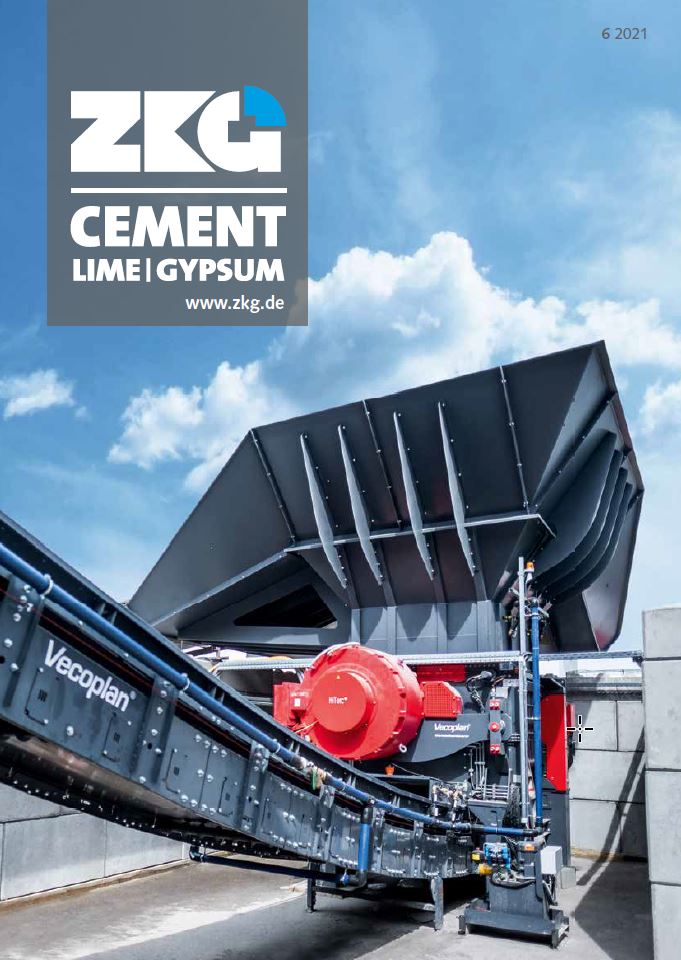“Fit for 55” should help industry decarbonise
Cembureau, the association of the European cement industry, is ready to engage on the “Fit for 55” legislative package published by the European Commission on 14 July 2021. “Delivering deep emission cuts by 2030 is a major challenge. It requires a coherent package that boosts the take-up of low-carbon technologies while addressing the risk of carbon leakage, at a time when the EU is increasing its climate ambition”, said Koen Coppenholle, Cembureau Chief Executive.
Cembureau will engage constructively on the package and advocate in favour of a holistic and consistent approach to be taken towards the different pieces of legislation. The decarbonisation of industry requires very significant investments that need a facilitating regulatory framework with legal certainty and predictability at its core.
As part of its “Fit for 55” package, the European Commission proposes a review of the EU Emission Trading Scheme (ETS) and the introduction of a Carbon Border Adjustment Mechanism (CBAM). Already today, cement companies are exposed to significant CO2 costs, despite free allocation under the EU ETS, and have seen a rapid increase of imports from non-European countries in recent years. Cembureau advocates for the full co-existence of free allocation and CBAM until 2030, to avoid industry being exposed to an untested mechanism and provide certainty for investments. It also calls for CBAM to ensure a fully comparable CO2 cost basis and to include both direct and indirect emissions, as well as provisions on export rebates.
“Whilst we welcome that the CBAM will seek to bridge the widening gap in carbon costs between EU and non-EU countries, the proposed phase-out of free allocation and the absence of export rebates would cause significant risks to investments”, added Koen Coppenholle, “The decision not to include indirect emissions at this stage is also regrettable.”
It is indispensable for the cement industry, where CO2 emissions are primarily process-related, to support low-carbon technologies such as Carbon Capture, Use and Storage (CCUS). In this respect, Cembureau is encouraged by some of the measures proposed by the European Commission such as the strengthening of the ETS Innovation Fund and the introduction of Carbon Contracts for Difference.
The European cement industry fully supports the objectives of the European Green Deal. In its Carbon Neutrality Roadmap, the cement sector sets out its ambition to achieve carbon neutrality by 2050 over its entire value chain with intermediate CO2 reduction goals for 2030.



